Move over, Simba! The mountain gorilla is the true king of the jungle and Uganda is the best place to spot him!
Gorilla trekking in Uganda is the safari adventure you’ve been waiting for. Sitting in silence amid the lush emerald green foliage of Africa’s oldest rainforest is an incredible experience. This is made more so by the opportunity to observe the everyday interactions of the world’s largest ape.
These lures make traveling in Uganda worthy of any nature lover’s bucket list. However, planning your adventure can be tough. But, worry not my fellow intrepid traveler! We’ve put together a complete guide to gorilla trekking in Uganda plus a few travel tips!
All you need to do is bookmark this page, save the date and get packing!
Where are Mountain Gorillas Located in Uganda?
There are two main parks for gorilla trekking in Uganda: Bwindi Impenetrable Forest National Park and Mgahinga Gorilla National Park.
Between Mgahinga and Bwindi Impenetrable National parks there are about 11 mountain gorilla families. But, as Mgahinga Park has only one family and an inconsistent gorilla presence, Bwindi has become the most popular option.
Bwindi Impenetrable National Park is Africa’s oldest rainforest, brimming with untamed natural beauty. This swath of steep mountains covered in thick jungle is home to half of the world’s mountain gorillas living alongside some 120 mammal species and over 350 bird species.
Although the hike through the bamboo covered slopes of the park can be tough, catching a glimpse of a magnificent silverback and his family is well worth the trek.
Best time to go Gorilla Trekking in Uganda
Uganda is a year-round destination thanks to its perpetually spring-like climate. However, there are peak and low seasons that make the world of a difference when traveling.
If Gorilla trekking is your main highlight, then December to mid-March or from June to mid-September are a spectacular time to travel in Uganda.
The lack of rain makes it much easier to track and spot the gorilla families. However, if you’re after a budget safari and don’t mind a little rain, then consider traveling during the wetter time of year.
Generally speaking, the rainy season runs from October to November and again from April to May. While it might seem like a downer, there are upsides to traveling in the rainy season. Mainly, it will be a bit easier to get a permit and there are still great wildlife watching opportunities – minus the crowds!
How much is a Gorilla Trekking Permit?
The trick here is not to be baited with such headlines as “Cheap Uganda Gorilla Permits for 2019/20″. The real truth is that gorilla trekking in Uganda (or anywhere else for that matter) is an expensive adventure. But, I’ve yet to meet anyone who has said that it wasn’t worth every cent.
That said, Uganda does offer one of the lowest priced gorilla permits at 600 USD as opposed to Rwanda’s permit that goes for 1500 USD.
The Uganda Wildlife Authority sells 96 gorilla permits per day for both Bwindi National Park and Mgahinga National Park combined (88 permits for Bwindi and 8 permits for Mgahinga). Due to the high demand in the peak seasons, booking a permit at least three months in advance is advised.
Bwindi is divided into four regions: Buhoma region, Ruhija region, Rushaga region, and Nkuringo region. Make sure your accommodation where your gorilla trekking permit is issued. Or, better yet, go through a tour operator who knows the lay of the land well.
What to pack for a Gorilla Trek?
Channel your inner Dian Fossey and prepare for muddy and wet conditions. Forget those perfectly posed wanderlust images you see on Instagram! Bwindi is a pretty green forest, meaning things get a little moist.
Here’s what you need to wear for a gorilla trek in Uganda:
The goal is to blend in so greens, khakis, and general dark colors do well in Uganda.
- Whatever you do – bring a long sleeve shirt! This isn’t just to prepare you for the inevitable drop in temperature. You’ll be trekking through a forest, teeming with fire ants, mosquitos and sharp sticks ready to attack your bare skin. Trust me, you don’t want to brave a tank top.
- A rain jacket in case you get caught up in a morning shower.
- Good hiking boots and long hiking socks. The trek can take anywhere between one and five hours, so you want to be comfortable and protected.
- Gloves. Many of the trees and branches have tiny thorns on them, so a pair of sturdy gloves will go a long way when you need to grab trees while hiking.
What you need to bring on a gorilla trek:
- A weather proof backpack to keep all your gear in.
- Insect repellent. This is pretty hard to find in the bush… unlike insects.
- A walking stick. This is no joke! It has been shown that using walking poles will reduce the accumulated stress on the feet, legs, knees and back by sharing the load more evenly across the whole body.
- Binoculars are a must too! Your vision may be 20-20 but having an extra edge won’t do you any harm.
- One to two liters of bottled water and some snacks. While you can’t eat or drink during your one hour with the gorillas, you’ll definitely want to have a snack and something to drink along the trail.
- Your camera! Just keep in mind that flash photography is not allowed, so make sure you disable it.
Alternative things to see and do in Uganda
I was sold on traveling in Uganda when I first tasted the country’s delicious coffee. But, this isn’t the only reason why Churchill dubbed this destination the “pearl of Africa”. With its tapestry of landscapes, excellent wildlife watching and welcoming locals, Uganda is certainly one of Africa’s most underrated gems.
Although gorilla trekking is the allure for many visitors, the region is primed for an East African overland tour between the vast savannah game parks of Tanzania and Kenya, and the dense forests of Rwanda. Days here can go from climbing ice-capped mountains to wildlife watching in tropical forests and even white water rafting on the Nile.
And, if the beauty of African culture is what drives you, then you won’t be left wanting. Having stepped out of the shadows of a dark history under Idi Amin, Uganda is brimming with cultural treats including the Kasubi tombs, the rock art of Teso and even a shrine to Ghandi!
The Basics for traveling to Uganda
Before you can immerse yourself in any of these once in a lifetime experiences, you have to actually get there. So, let’s get down to the basics of traveling to Uganda.
Visas
Everyone entering Uganda requires a visa, which usually costs around US$50. Although it is possible to obtain a visa on arrival, the Ugandan embassy highly recommends applying for one online before your travels.
Uganda’s tourist visa requirements
For a single-entry tourist visa, you’ll need:
- Passport copy
- Recent Passport-size Photograph
- Vaccination Certificate (Yellow Fever)
- Copy of recent Passport size Photograph
- Travel itinerary/Return Ticket
Currency
The local currency is the Ugandan shilling (USh) and there are an abundance of ATMs available in the major cities. If your home currency is US dollars, then you’re in luck as these are widely accepted, especially in small towns.
Vaccinations
Vaccines are definitely one of the most vital parts of travel planning, and you want to make sure that you have all the needed documentation. When you’re traveling to Uganda you will need vaccinations for hepatitis A, typhoid fever, yellow fever, and meningococcus.
Gorilla trekking tours
Deciding on Uganda as your next wildlife destination is the easy part. I mean, who can resist the lure of seeing the source of the Nile River or waking up to the smell of fresh Ugandan coffee while overlooking misty mountains?!
These are the things that wanderlust is made of and there’s hardly a better way to get there than on an African overland tour. To help fast track your adventure, here are a few East African overlanding tours offering an unforgettable Gorilla experience.
Tour Length
15 days
Group Size
Max 20
Starts & Ends
Starts: Nairobi Ends: Nairobi
Countries
Kenya, Uganda
Overview
This 2 week accommodated budget safari allows you to experience the best game reserves in Kenya and Gorillas in their natural habitat. This is an affordable Gorilla and Kenya Game Park experience.

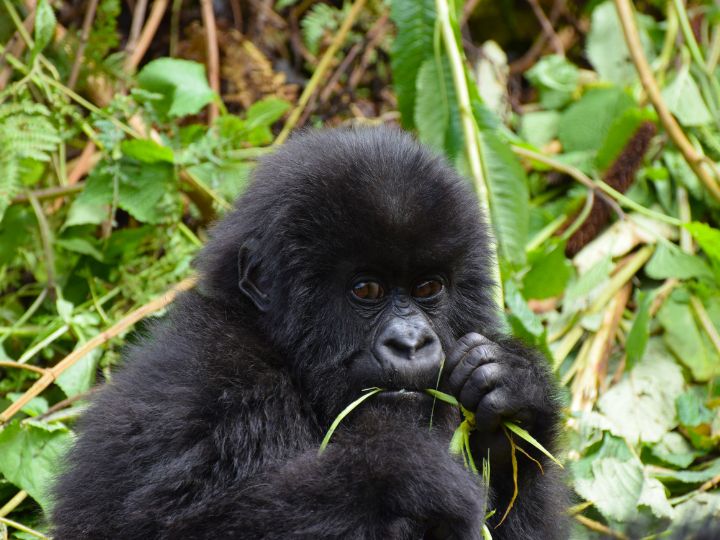
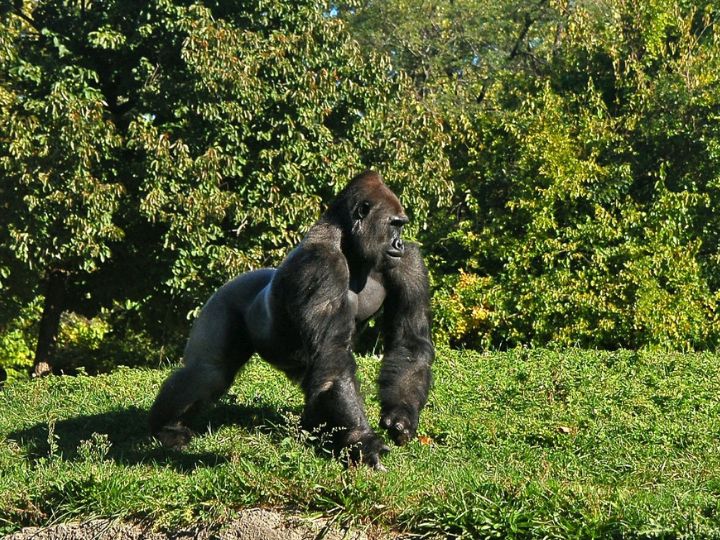
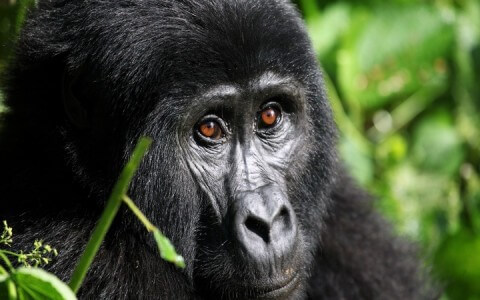
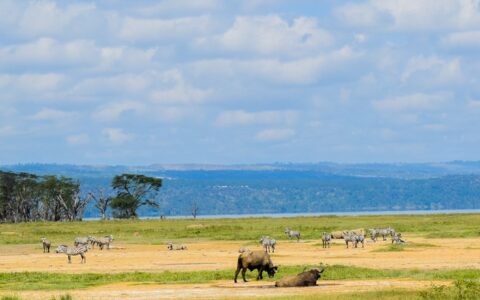
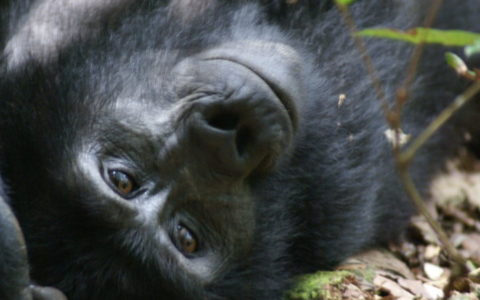


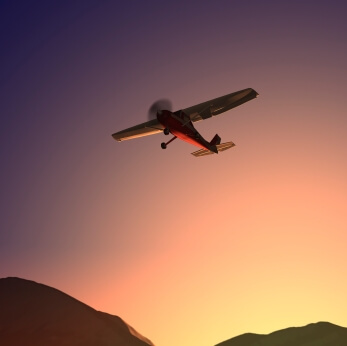
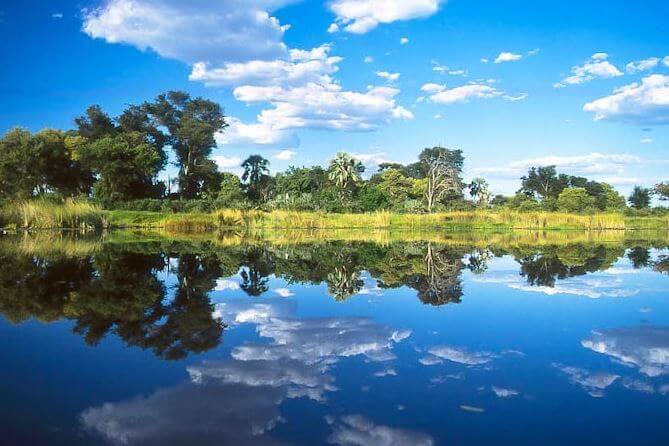



0 Comments